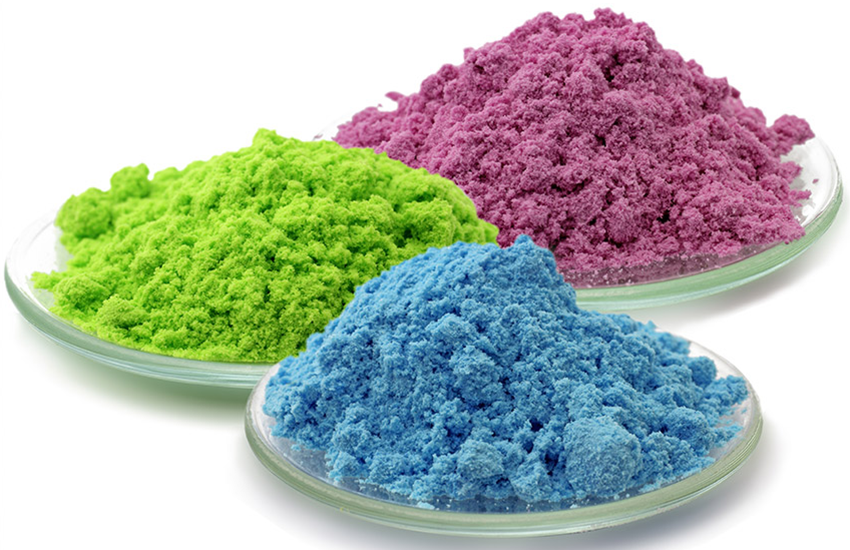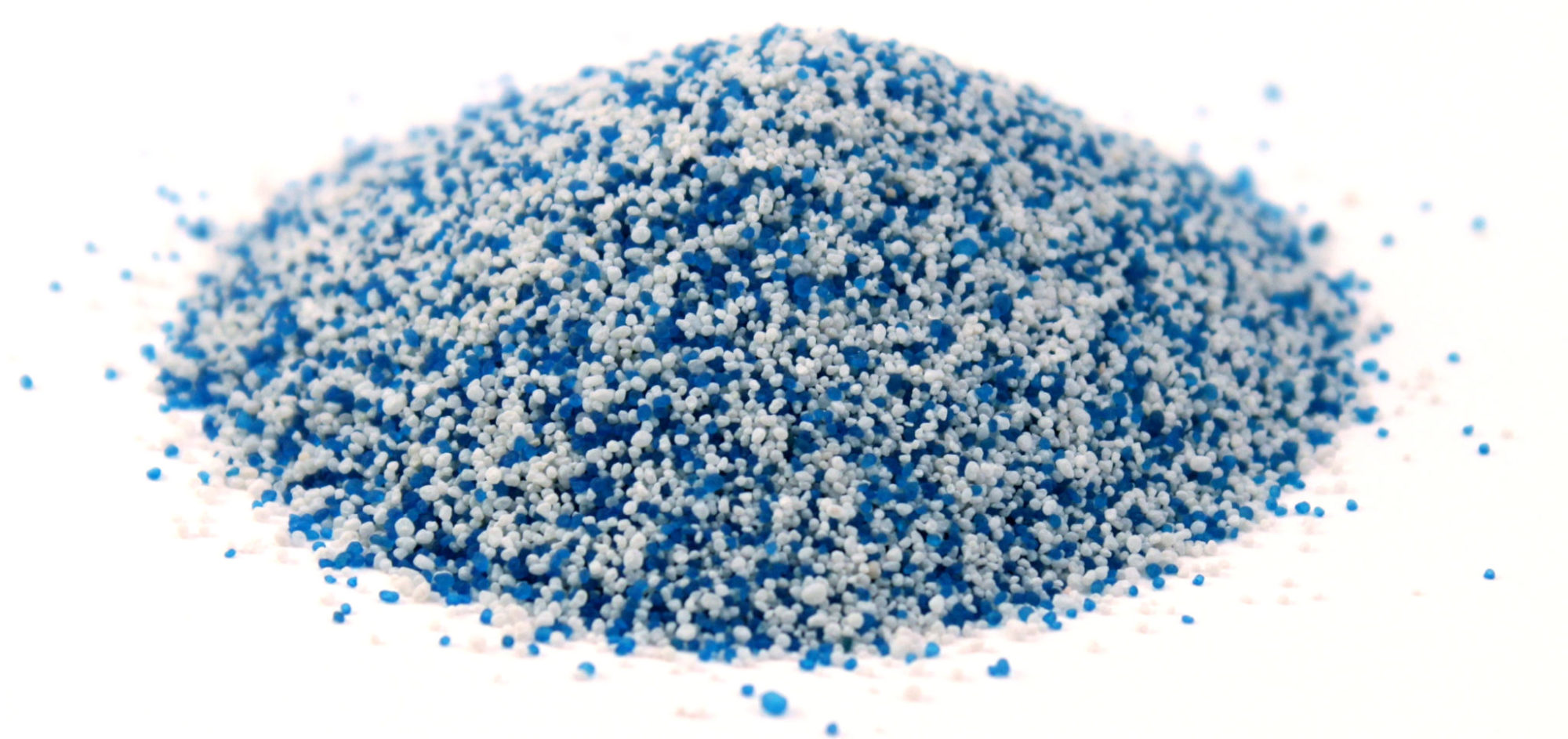Blending and processing techniques can make the difference between producing a reliable, high quality, homogenous, shelf-stable nutrient premix and an inferior one that may cause poor consumer confidence, potential regulatory issues or recall situations. Particle size, blending equipment used and the type of ingredients used are primary blending and processing considerations, as are potential ingredient interactions.
Blends and Premixes

The challenge in blending ingredients with different particle sizes is that bulk density and variable particle sizes can lead to segregation. Therefore, minor nutrients should be diluted with another carrier to get the two different materials to blend well in order to make a homogeneous product. In the nutraceutical and functional food industries, combination products are the norm, and the most common nutrients are vitamins, minerals, amino acids, nucleotides and other functional food ingredients offered in single serving powdered products tablets or capsules.


The average premix formulation contains at least 10 to 14 active nutrients and three to six functional ingredients, or carriers (excipients). Some formulations contain more than 30 active nutrients and carriers.
PLEASE PLACE YOUR INQUIRY
Given that our partners are well known, experienced, quality certified and committed, as well as our own sensitivity and controlling system on the proposed sources, we assure that the ordered materials would be submitted to our esteemed customers with the highest qualities and the required times.
It is our pleasure to have your valuable requirements and comments as following:
